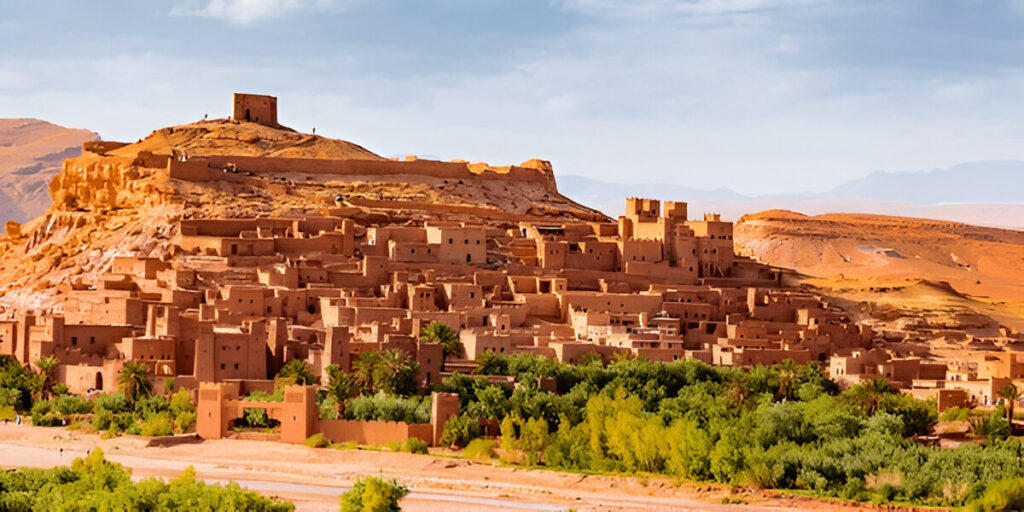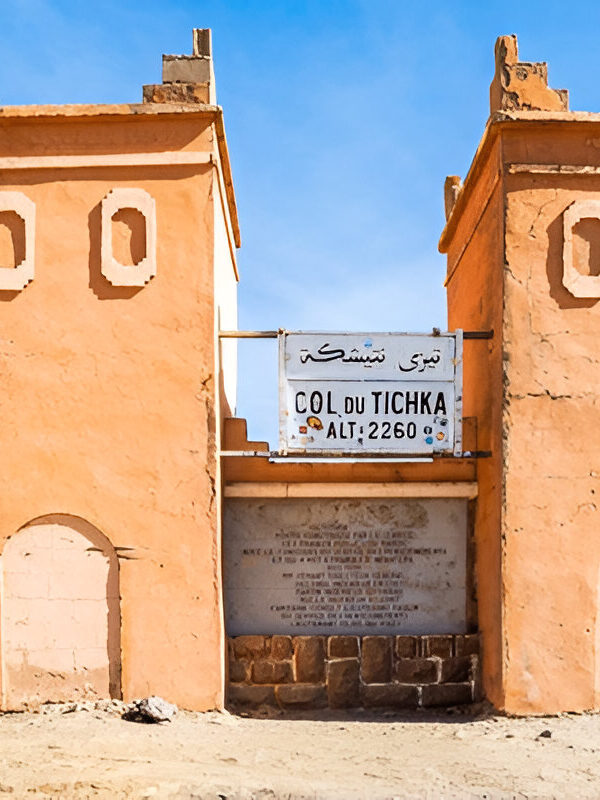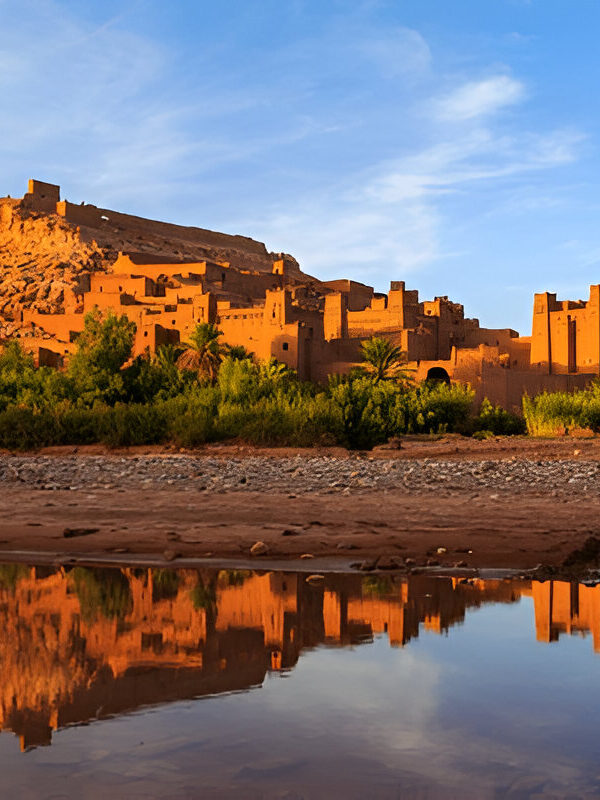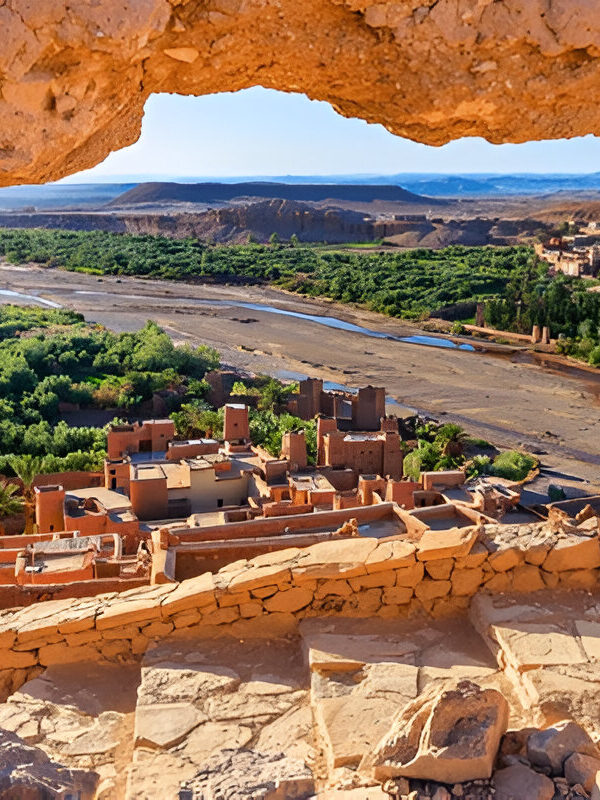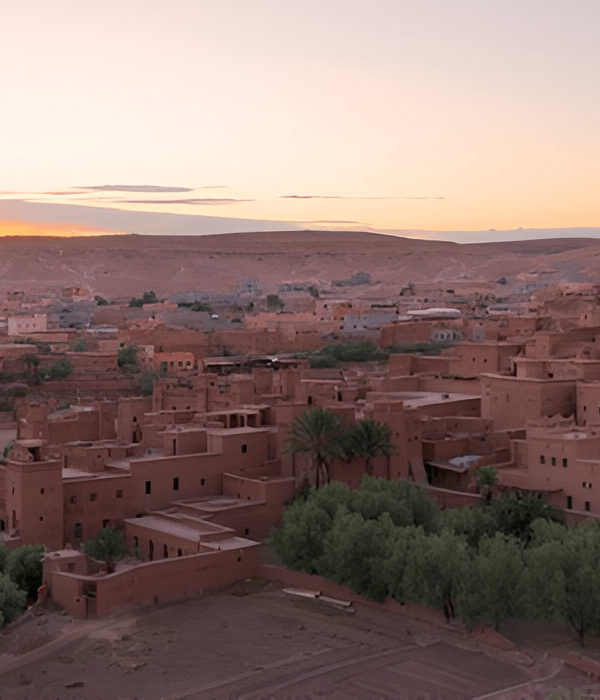Aït Benhaddou is one of Morocco’s most iconic and well-preserved ksars (fortified villages), famous for its mudbrick architecture, stunning desert landscapes, and rich cultural heritage. Located in the Ounila Valley on the edge of the Sahara Desert, it’s a must-visit destination for history lovers, photographers, and travelers looking to experience the traditional Moroccan way of life.
Aït Benhaddou is a UNESCO World Heritage Site due to its historical and architectural significance. The kasbah is a prime example of Berber architecture, built from mud, clay, and straw—materials that blend perfectly with the surrounding desert environment. This ancient village has been a strategic trading post for centuries and is an important part of Morocco’s history.
Overview
The kasbah was originally built in the 17th century as a fortified trading post along the old caravan route between Marrakech and the Sahara Desert. It served as a defensive stronghold and a center for commerce, where salt, gold, and slaves were traded. Over time, the ksar became a thriving community, but today, only a handful of families still live in the area.
Aït Benhaddou is perched on a hill above the Ounila River, offering breathtaking views of the surrounding desert landscapes and snow-capped Atlas Mountains in the distance. A climb to the top of the kasbah rewards visitors with panoramic vistas, providing an unforgettable opportunity to capture the beauty of this ancient site.
Highlights
- Unique Architecture: The kasbah is a fortified village consisting of a collection of traditional mudbrick buildings and towers. The walls of the kasbah are made from pise (mud bricks), a material that naturally blends with the ochre-colored desert surroundings
- Historical Significance: The kasbah was originally built in the 17th century as a fortified trading post along the old caravan route between Marrakech and the Sahara Desert
- Stunning Views: Aït Benhaddou is perched on a hill above the Ounila River
- Visiting the Kasbah: Visitors can explore Aït Benhaddou by walking through its winding narrow alleyways, climbing the mudbrick towers, and visiting the Ksar Museum (a small museum showcasing local artifacts)

